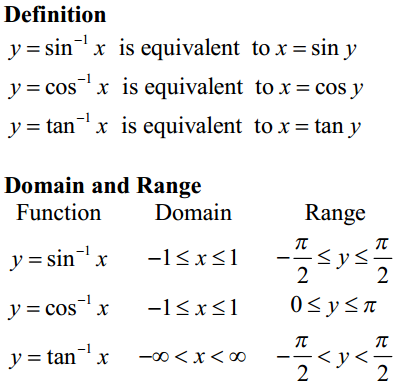

See how this is an easy way to allow you to remember which trigonometric ratios will be positive?

In quadrant two, only sine will be positive while cosine and tangent will be negative. What this tells us is that if we have a triangle in quadrant one, sine, cosine and tangent will all be positive. Lastly, in quadrant 4, x is positive while y is negative. In quadrant 3, both x and y are negative. In quadrant 2, x is negative while y is still positive. In quadrant 1, both x and y are positive in value. In the above graphic, we have quadrant 1 2 3 4. ASTC will help you remember how to reconstruct this diagram so you can use it when you're met with trigonometry quadrants in your test questions. Hope you like this compilation of Trigonometry Formulas for class 11.You can even use this diagram as a trigonometry cheat sheet. You will soon start figuring out the equation and their symmetry to resolve them fastĭownload all the trigonometry Formulas below

(4) Use Pythagorean identifies to simplify the equations (3)Check all the angles for sums and differences and use the appropriate identities to remove them. I have mentioned sin and cos as they are easy to solve. (2) Converting to sin and cos all the items in the problem using a basic formula. Instead, use $sin(X+Y) = sin(x)cos(y)+cos(x)sin(y)$ so that all the angles match The same goes for addition and subtraction: don’t try working with $sin(x+y)$ and $sin (x-y)$. Using $sin(2x)$ and $sin(x)$ is difficult, but if you use $sin(2x) = 2 sin(x)cos(x)$, that leaves $sin(x)$ and $cos(x)$, and now all your functions match. (1) Always try to bring the multiple angles to single angles using the basic formula. Some basics Tips to solve the trigonometry questions $tan(A+B)=\frac$ |cos x|=1, general solution is given by $x=n \pi$ If none of the angles x, y and (x + y) is an odd multiple of $\pi /2$ Trigonometry Formula for Complementary and supplementary angles We can find the values of trigonometric ratio’s various angle


 0 kommentar(er)
0 kommentar(er)
